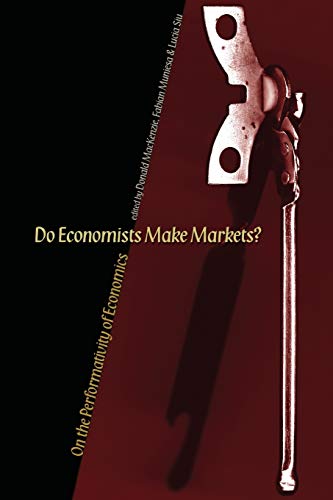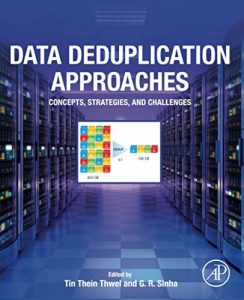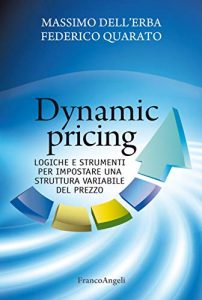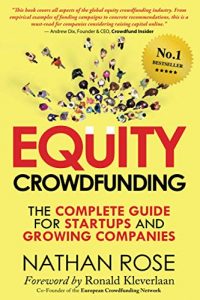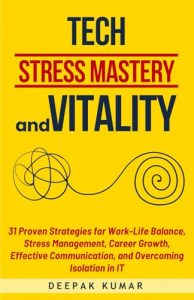Do Economists Make Markets?: On the Performativity of Economics
This book challenges the traditional view of economics being purely a science. The authors, MacKenzie, Muniesa, and Leung-Sea, delve into the performative aspects of economics, explaining how economic theories can shape reality rather than just describe it. They provide a rich tapestry of case studies that illustrate the complex interplay between economics, markets, and social constructs. This thought-provoking read not only enhances your understanding of economics but also expands your critical thinking skills like no other.

Energy Investing DeMystified: A Self-Teaching Guide
Davis W. Edwards provides a straightforward approach to navigating the complex world of energy investing. This self-teaching guide effectively demystifies the strategies required to understand market trends, making it an invaluable resource for both novice and seasoned investors alike. With a detailed examination of various energy sectors, the book offers practical insights and tips that foster informed decision-making. If you’re looking to make smart investments in a booming industry, this book is your go-to guide.

The Investing 101 Boxed Set
This extensive set, including Investing 101, Real Estate Investing 101, and Stock Market 101, is a treasure trove of essential knowledge for aspiring investors. Michele Cagan leads you through the fundamentals of investing in various assets, offering both theoretical insight and practical advice. Each book is designed to build your expertise step by step. Whether you’re starting out or looking to refresh your knowledge, this collection is a comprehensive guide that will prepare you for success in your investment journey.

A Monetary History of the United States, 1867-1960
Milton Friedman and Anna Schwartz present a thorough investigation of the monetary factors that shaped the United States throughout a crucial period in its history. This monumental work emphasizes the importance of monetary policy in regulating the economy, providing compelling arguments that challenge conventional wisdom. Their meticulous research not only offers valuable insights into historical economic events but also serves as an essential reference for policymakers and economists looking to understand the relationship between money supply and economic outcomes.

General Equilibrium Theory of Value
Yves Balasko’s exploration of general equilibrium theory presents a rigorous and in-depth understanding of value in economics. This book is essential for anyone wishing to grasp the theoretical foundations of economic value and market behavior. Balasko uses mathematical models and real-world examples to explain complex concepts in an accessible way. By the end of this engaging read, you will have a thorough understanding of how markets reach equilibrium, making it a crucial asset to your economic toolkit.

The Noise Factor: Hidden Forces that Imperil Financial Markets
In this book, authors Yishai Ashlag and Meirav Moran tackle the less visible aspects of financial markets and how they impact investment strategies. The authors dissect the interplay between market noise and investor behavior, shedding light on how hidden forces can lead to market inefficiencies. If you’re looking to understand the psychological and emotional factors that affect market performance, this book offers essential insights that can significantly enhance your trading acumen.

Global Stocks Empirical Market Integration Study
Arl Suloch presents a meticulous analysis of global stock markets, examining the degree of market integration across different regions. This study is crucial for investors interested in portfolio diversification and seeking global opportunities. With empirical evidence and clear explanations, Suloch breaks down complex statistics into digestible information, making it easier for readers to understand market dynamics worldwide. An essential read for those interested in international investing.

Saving Capitalism: The Reconstruction Finance Corporation and the New Deal
James Stuart Olson’s exploration of the Reconstruction Finance Corporation provides deep insights into the government’s response to the Great Depression. The book examines how strategic financial interventions helped stabilize and rebuild the economy during a challenging era. By analyzing the successes and failures of the RFC, Olson offers valuable lessons on economic policy and government action, which remain relevant today in debates about financial crises and state intervention.

International Reserves and Foreign Currency Liquidity
Anne Y. Kester provides essential guidelines for understanding international reserves and foreign currency liquidity. This book is invaluable for economists and finance professionals engaged in global markets. Kester thoroughly explains the data templates used for analyzing liquidity and reserves, making this book a practical tool for those who need to navigate foreign exchange dynamics effectively. It is a must-read for anyone interested in global finance and currency management.

Risks in Financial Instruments Trading
This comprehensive guide by David Stuart, Scott Pearls, and Louis Kamga focuses on the myriad risks associated with various financial instruments. From cryptocurrencies to forex, this book provides an overview of the risk factors impacting each asset class, accompanied by practical strategies for risk mitigation. Essential for any trader or investor, this book enables a deeper understanding of the volatile financial landscape, equipping readers with the knowledge to make informed decisions in diverse markets.


